The timing could be no less ominous as Pacific Gas & Electric begins to power down the homes and workplaces of 800,000 Californians living in high risk of fire regions. These consequences are suggested to be partially the result of our moving into regions that evolved to be ecologically intertwined with forest fires. But another factor is that these regions are drying and increasing their burn rates as climate change alters land and weather characteristics.
California foresees an electricity shortfall during weekday evenings, from 5 to 7 pm, starting in September of 2020, and increasing through 8 pm, starting in 2021 and continuing into 2022. The value, in the below image, peaks at a 4.7 GW shortfall from 6-7 PM in 2022.
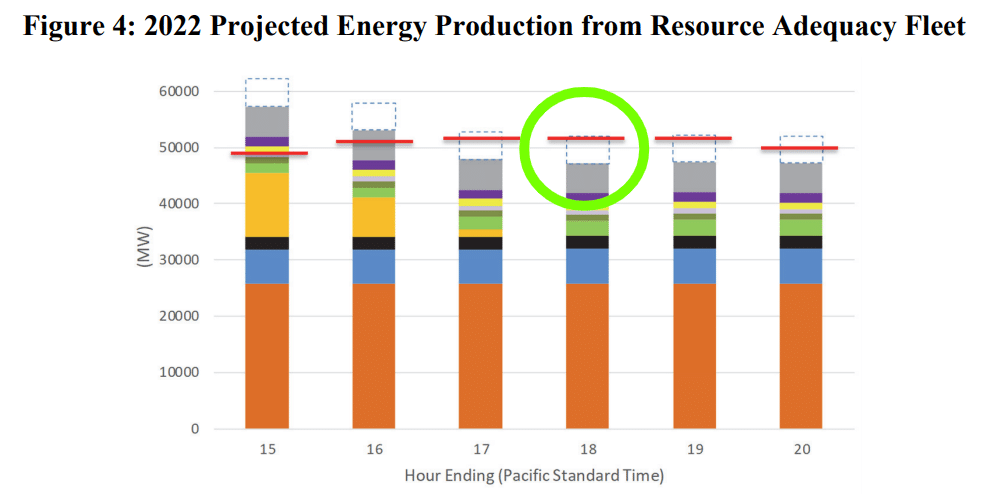
In a response to a suggestion that the state ought indiscriminately consider extending the retirement date for four Once Through Cooling (OTC) gas plants, including Ormond Beach Generating Station and the Redondo Beach Generating Station, the Clean Power Alliance of California (CPA) has submitted a response (pdf) showing a path through a refined shutdown process to meet the next years’ needs.
The CPA first lays out that we only need extend generation for 1,000 MW through 2021 and that natural procurement of other sources will offer up 1,500 MW worth of capacity. The group also showed that through 2023, those extension needs fall to zero as added resources from procurements approach 2,500 MW.
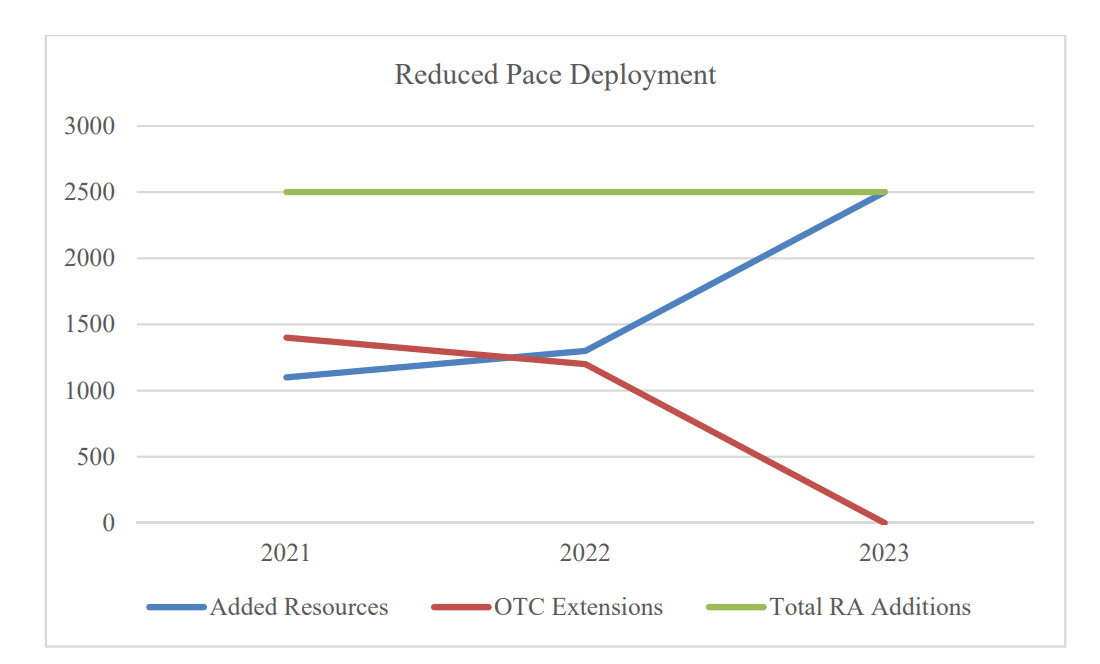
The organization suggests broadening the region which can build new resources to the whole of the state, versus constraining the construction to the Southern California Edison geographic region. The electricity could be wheeled into the region via available transmission infrastructure.
This is not the first time that the State of California has had to deal with a sped-up procurement process; In 2016 there was an emergency procurement ordered by the state as a result of the Aliso Canyon gas blowout. The energy storage industry deployed three batteries totalling over 70 MW / 160+ MWh in less than six months, when the industry was considerably younger. As well, there are tens of gigawatts of solar projects in various points in the development queues of California, that if given the right legislative support, could rip through construction in less than a year.
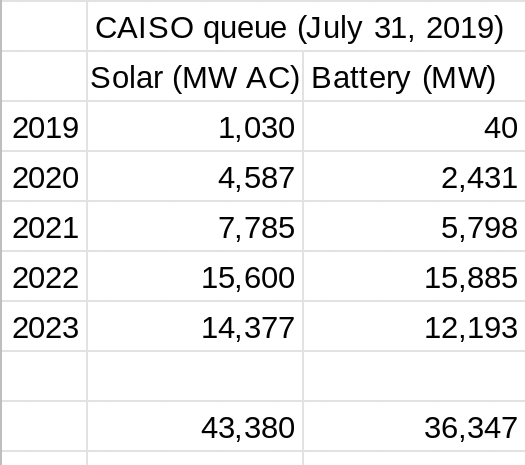
This content is protected by copyright and may not be reused. If you want to cooperate with us and would like to reuse some of our content, please contact: editors@pv-magazine.com.
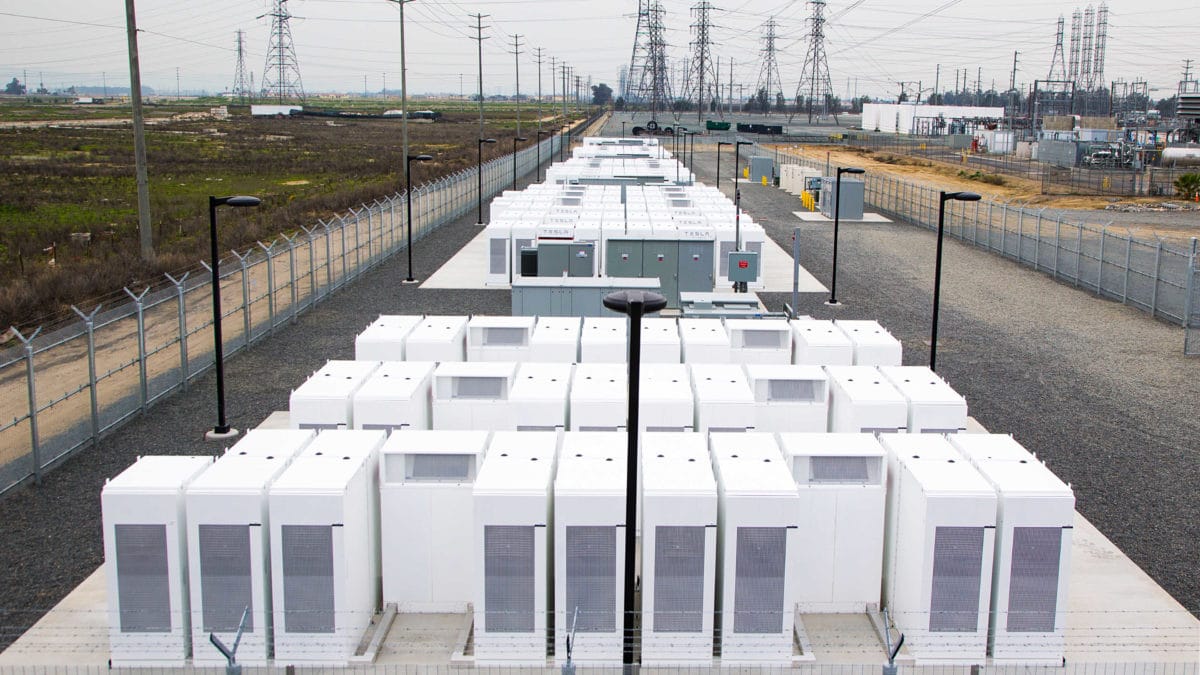
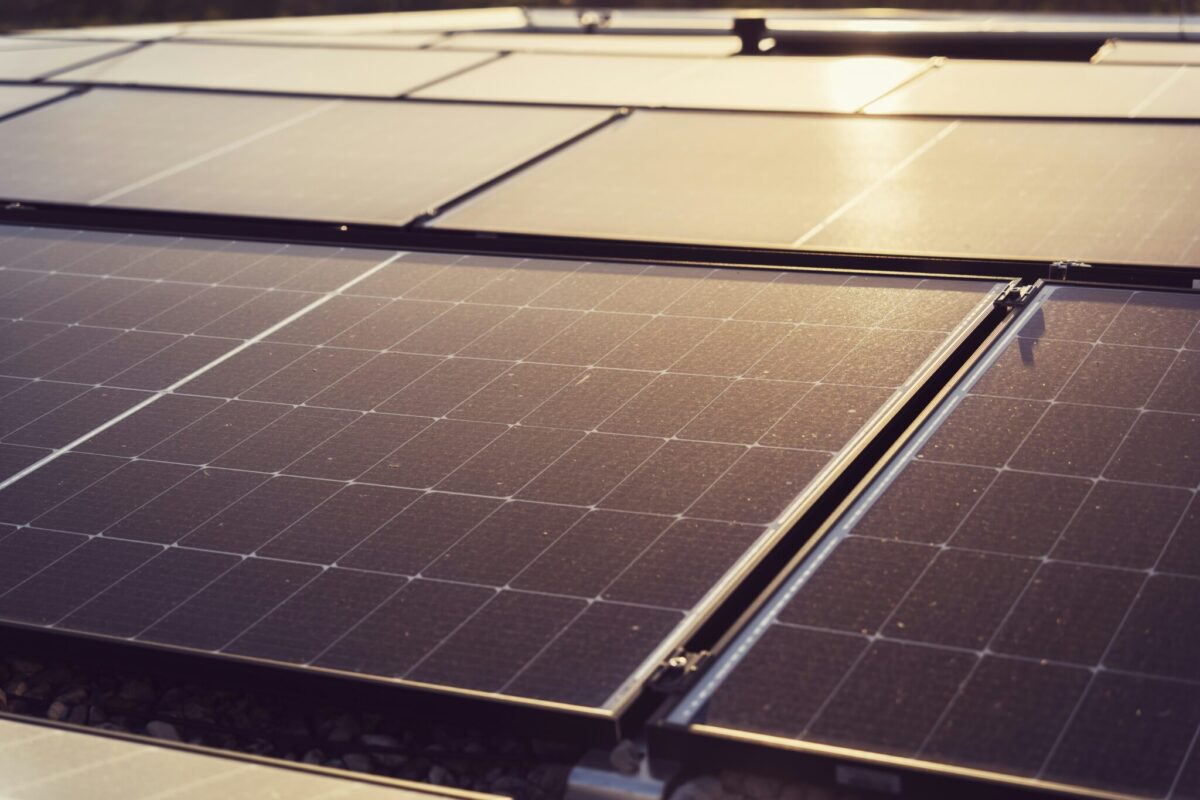

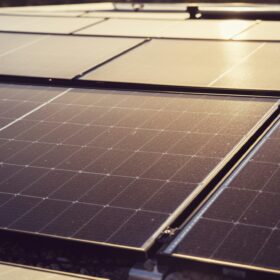
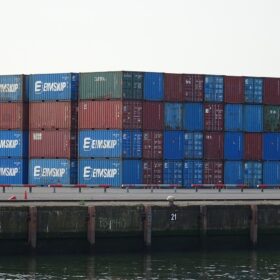

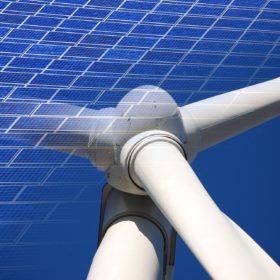
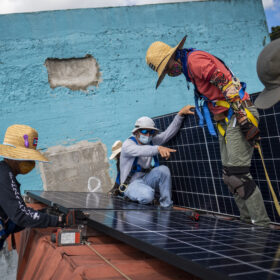
Yeah, pretty much says it all : “This is not the first time that the State of California has had to deal with a sped-up procurement process; In 2016 there was an emergency procurement ordered by the state as a result of the Aliso Canyon gas blowout. The energy storage industry deployed three batteries totalling over 70 MW / 160+ MWh in less than six months, when the industry was considerably younger. As well, there are tens of gigawatts of solar projects in various points in the development queues of California, that if given the right legislative support, could rip through construction in less than a year.”
This will become one of those “hot button issues” if the State remains on schedule for the decommissioning of Diablo Canyon nuclear in the next few years. 2.5GW of alternative energy generation and energy storage would just about replace Diablo Canyon’s baseload generation.
Now if this can hold off for another two to three years, Elon Musk’s claim of the Megapack ESS, can be tested.
“Tesla says that with the new product, it can deploy much larger energy storage projects quicker:
“Using Megapack, Tesla can deploy an emissions-free 250 MW, 1 GWh power plant in less than three months on a three-acre footprint – four times faster than a traditional fossil fuel power plant of that size. Megapack can also be DC-connected directly to solar, creating seamless renewable energy plants.”
I would expect the same timeline as the TESLA EVs. Late product roll out, above price point and a couple of years from announcement until the product is actually available.